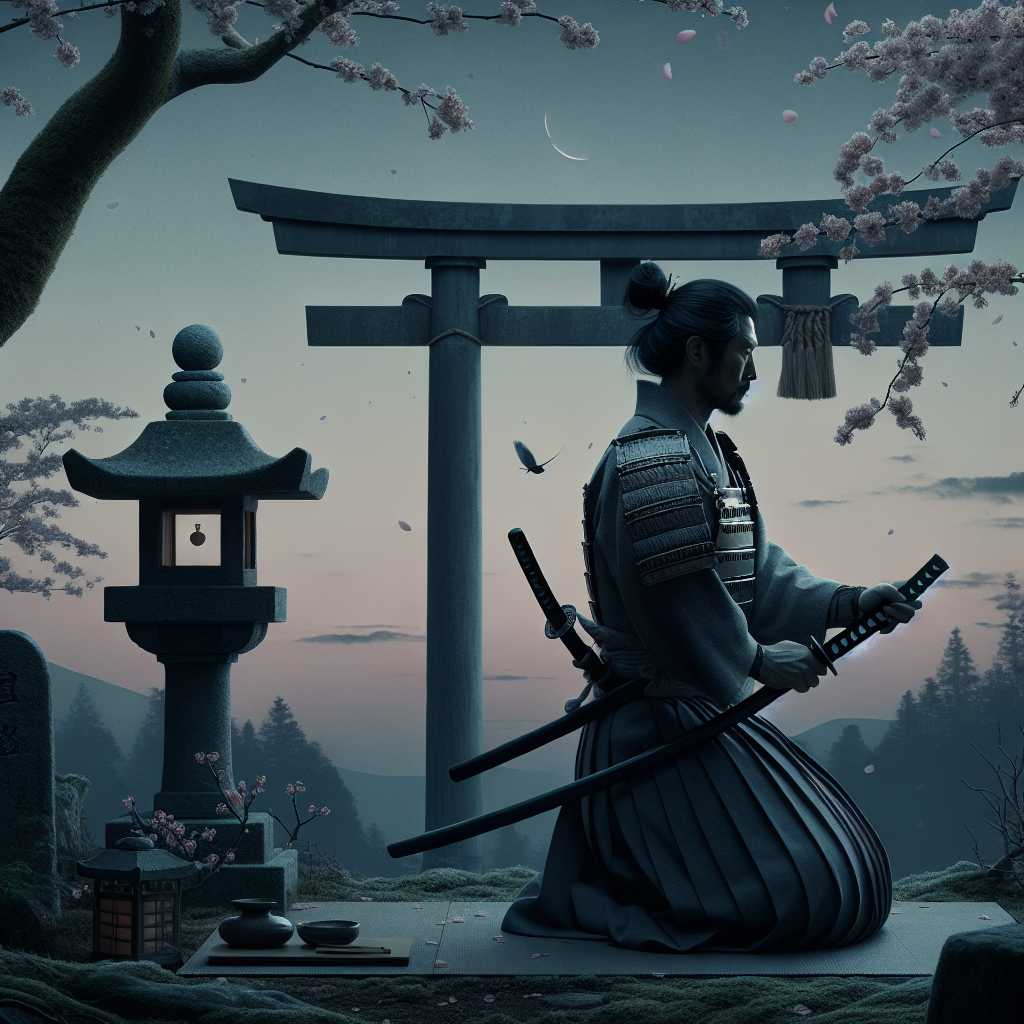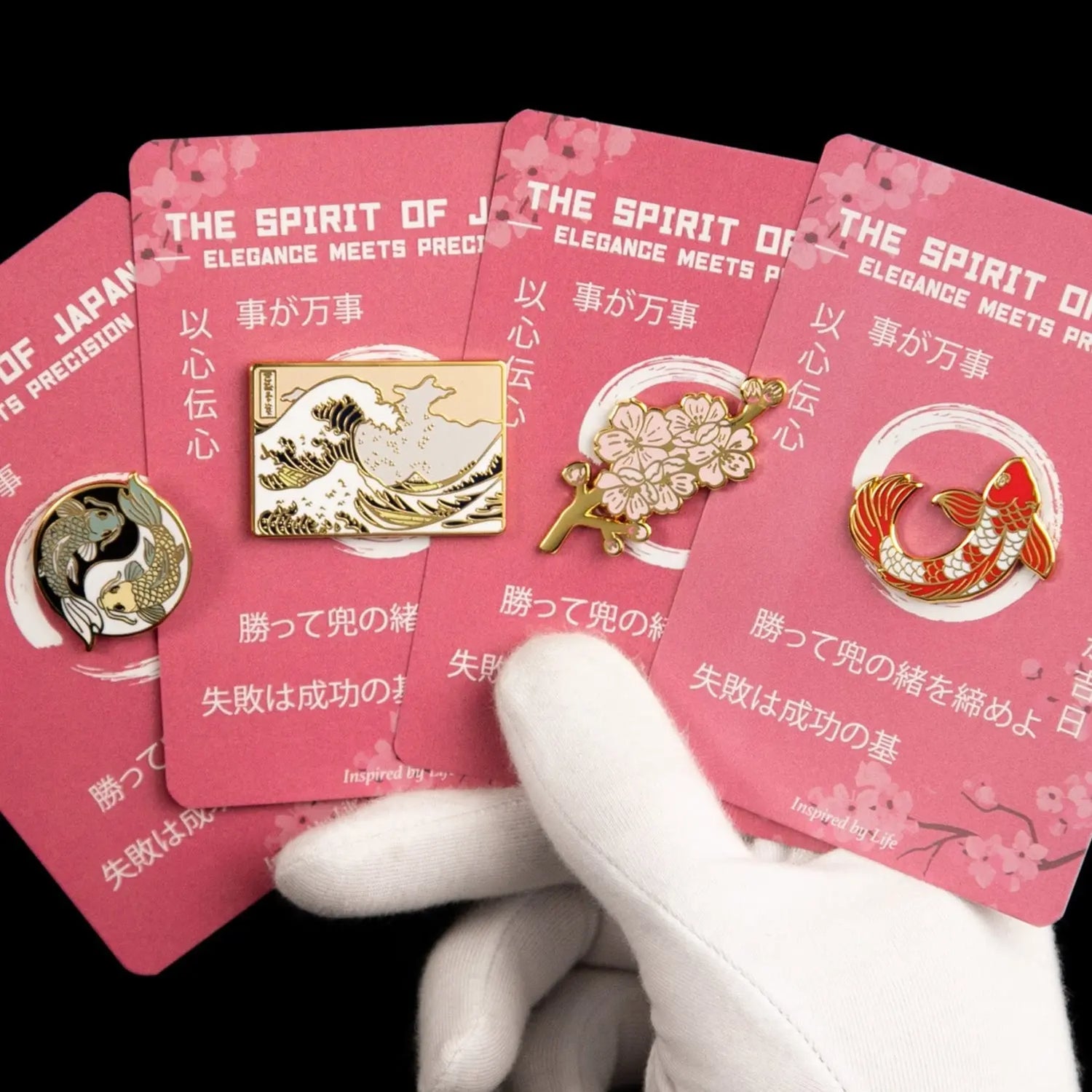
What Is the Fighting Style of the Samurai? A Journey into Kenjutsu and Japanese Swordsmanship
When you picture a samurai, what comes to mind? Perhaps a calm, stoic warrior clad in shining armor, a master of the katana who moves with deadly precision and deep honor? The samurai 27s fighting style is much more than sword skills 26mdash;it is a rich tradition blending art, discipline, and philosophy carried through centuries.
Let 27s explore the heart of this samurai legacy and how Kenjutsu, the ancient art of Japanese swordsmanship, shaped not just how they fought, but how they lived.
Kenjutsu: The Soul of the Samurai 27s Combat
At the core of samurai fighting stands Kenjutsu, which means 22the art of the sword. 22 Unlike modern martial arts focused on sport or performance, Kenjutsu was created for real battle. Every strike, block, and movement had to work perfectly to survive life-or-death encounters.
Kenjutsu is not about flashy moves or theatrical combat. It 27s about skillful, efficient, and effective swordsmanship. Imagine a deadly dance where one wrong step can mean defeat. For the samurai, the katana wasn 27t just a weapon, but an extension of their body and spirit. Training meant learning to connect with the katana 27s weight, balance, and sharpness as if it were part of themselves.
The Katana: More Than a Sword
You 27ve probably seen the katana in movies or museums 26mdash;its curved blade gleaming with deadly grace. To the samurai, the katana was much more than a fighting tool: it was a symbol of honor, duty, and the ethical code called bushido. The sword was often called the 22soul 22 of the samurai because it represented their identity beyond the battlefield.
Mastery over the katana required years of disciplined practice. Each cut had to be just right 26mdash;the angle, pressure, and speed all mattered. The katana 27s design was perfected for smooth, deep cuts, allowing a samurai to end fights quickly and decisively.
Think of the katana as a calligraphy brush, where every stroke carries intention and meaning. For the samurai, the battlefield was their canvas, and every sword movement told a story.
How Kenjutsu Differs from Modern Japanese Martial Arts
You might be curious how Kenjutsu compares to Kendo, another martial art that often comes to mind when thinking of samurai swordsmanship. Though related, they focus on very different things.
Kendo is a modern sport using bamboo swords and protective armor. It emphasizes competition, sportsmanship, and etiquette. While Kendo borrows many sword techniques, it is more about physical and mental discipline than practical combat.
Kenjutsu, on the other hand, is a traditional combat art honed over centuries specifically for real fighting. It focuses on battlefield effectiveness 26mdash;strategies to attack, defend, and survive using the katana in life-or-death situations.
Training to Be a Samurai: Discipline Beyond the Sword
Training in Kenjutsu went far beyond physical skill. Samurai were taught mental toughness, patience, and profound respect for life and death. These values shaped their character, helping them stay calm and focused even in chaos.
From a young age, training involved hours of repetitive practice 26mdash;cutting exercises called katas, sparring with partners, and studying the philosophy that fueled their art. Timing, precision, footwork, and distance control became second nature.
Imagine watching a samurai train 26mdash;every move deliberate, fluid, and purposeful. Their breathing matches their motions; their eyes calm yet alert. It 27s a powerful reminder that martial arts train both mind and body.
The Samurai Legacy Lives On Today
Though the samurai era ended centuries ago, the spirit of their fighting style is alive and thriving. Many people today practice Kenjutsu, drawn not just to the physical skill but to the deep cultural heritage it carries.
The samurai influence extends beyond martial arts 26mdash;touching art, film, literature, and collectibles that celebrate their ideals. The katana remains a potent symbol of this heritage, inspiring generations with values of honor, discipline, and mastery.

If you want to bring a piece of that legacy into everyday life, consider something simple yet meaningful 26mdash;a finely designed enamel pin featuring a katana. For example, this beautiful samurai sword enamel pin with katana design is a subtle way to honor the timeless spirit of the samurai.
Why Kenjutsu Matters in Understanding the Samurai
Understanding Kenjutsu gives a deep look into what defined the samurai life. It wasn 27t just a fighting style; it was a way of living.
The skills taught respect 26mdash;not only for their weapons and opponents but for themselves. Mastery of the katana embodied self-control, discipline, and graceful movement even under pressure. These lessons extended beyond the battlefield to how they faced challenges in life.
Perhaps this is why the samurai 27s allure remains strong today. They weren 27t simply warriors 26mdash;they lived by a code balancing strength with honor, aggression with ethics.
Honoring Tradition Through Modern Appreciation
Learning about the samurai 27s fighting style invites us to reflect on the wisdom behind ancient martial arts. It challenges us to find our own balance between power and responsibility.
Whether you 27re passionate about Kenjutsu, fascinated by Japanese swordsmanship, or inspired by the katana 27s symbolism, there 27s a rich heritage ready to explore.
And sometimes, a small symbol can spark that connection 26mdash;a finely crafted katana enamel pin, for instance, can remind us of the samurai 27s enduring spirit. To explore or add one to your collection, check out this carefully designed piece here: https://signumstore.com/products/samurai-sword-enamel-pin-katana-design.
---
The samurai 27s fighting style is more than history 26mdash;it 27s a living tradition inspiring strength, discipline, and grace. By understanding Kenjutsu and the way of the katana, we glimpse a warrior 27s soul and the timeless dance of sword and spirit.
What is Kenjutsu and why was it important to samurai?
Kenjutsu is the traditional Japanese art of swordsmanship focused on real combat effectiveness. It was essential to samurai for battlefield survival and mastering the katana as an extension of the warrior 27s spirit.
How does Kenjutsu differ from modern martial arts like Kendo?
Kenjutsu is a traditional combat art tailored for real fighting, emphasizing practical techniques and life-or-death strategies with the katana. Kendo is a modern sport focusing on competition, physical endurance, and etiquette using bamboo swords and protective armor.
Why is the katana considered the soul of the samurai?
The katana symbolized the samurai 27s honor, duty, and identity beyond combat. Mastery of this sword reflected discipline, precision, and a deep connection between warrior and weapon, making it central to their ethical code, bushido.

